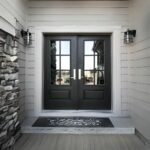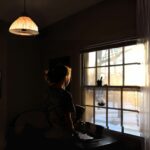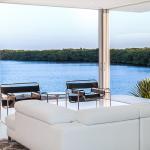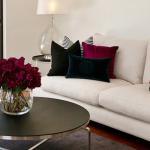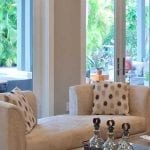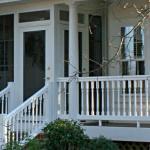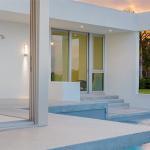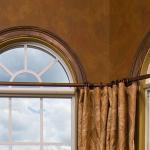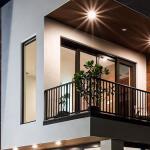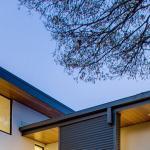Seventy percent of energy loss in buildings occurs through doors and windows—most of it happens through the glass. Are you considering installing new impact windows in your commercial or residential space? It’s important to know that there’s more to think about than simply aesthetics. Also, the materials you pick can substantially affect your window’s efficiency. Low-E glass is becoming a widespread option among windows as it delivers energy-saving structures without compromising clarity or quality. However, is it worth it? Should you use it for your property? This post discusses this product, how this work, and its potential benefits for your building.
What is Low-E Glass?
The letter E in low-E glass signifies emissivity or the amount of energy radiated from the surface. Emissivity is measured from zero to one, without one being a fully blacked-out surface and zero being a reflective mirror. In short, low-E glass radiates less energy, enabling it to send less heat.
How Does It Work?
Remember that low-E insulated glass produces better heat insulation for any building. The heat coming from the sun or your property’s HVAC system will bounce off the low-E glass and return to the building. It does that instead of permeating through the glass to the outside. It also achieves that process thanks to the exceptionally thin layers of metallic coating on the glass. Compared to tinted windows, low-E glass makes a filter for particular energy wavelengths, allowing light through without losing out. Tinted windows block out shorter wavelengths, but low-E coating glass enables shorter wavelengths while filtering long wavelengths or heat.
The Benefits of Low-E When Buying Impact Windows
Here are some reasons you should choose low-E glass for impact windows. Long-lasting and cost-efficient The low-E coating is strong and can be evenly applied to the entire surface of the glass. That means it is not likely to be damaged or scratched. These windows are only a few dollars more than standard glass windows. The added costs pay for themselves in energy savings. It enables natural light to flow on your property Low-E windows blocks infrared light and UV rays, but they still enable enough natural lights to pass through your window as the coating is nearly colorless and tintless. The light might be somewhat less visible than it would be through a clear a pane of glass. However, low-E glass for impact windows still allows enough natural light to enter your home. That offers you all the benefits of natural lights without the drawbacks. It’s insulative Thanks to their coating, low-E glass for impact windows is more insulative than standard non-coated glass. The coating helps reflect the heat into your home in the winter and to the outside within the summer. It safeguards your home from UV rays Minimizing the number of UV rays entering your home has more advantages and lower energy costs. Did you know that UV rays are considered to fade and damage fabrics, drapes, flooring, and carpets? Low-E glass helps safeguard your furniture, flooring, and fabric inside the house by blocking the damaging UV rays from making their way inside. If you want to lessen your property’s energy consumption, using low-E glass for your impact windows will be the ideal decision for your home.








